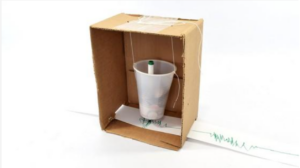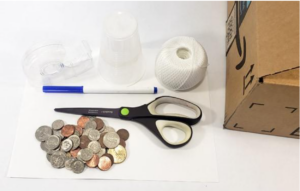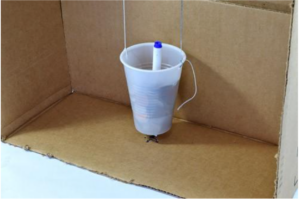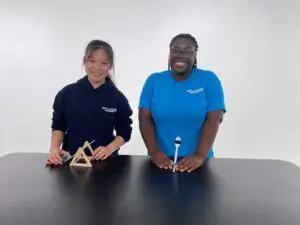This article contains collapsible sections with activity materials, instructions, and additional resources. Use the expand/collapse buttons to view each section.
Activity Content Sections
Click to expand or collapse the materials needed section
Click to expand or collapse the introduce section



 Organize students into groups and distribute a copy of the
Organize students into groups and distribute a copy of the  digitally, or output the data as a seismogram, the name for a printed version of the wavelengths created by a tremor. Today’s instruments are so sensitive that the wavelengths they record are so small that they need to be amplified for study. These machines are known as
digitally, or output the data as a seismogram, the name for a printed version of the wavelengths created by a tremor. Today’s instruments are so sensitive that the wavelengths they record are so small that they need to be amplified for study. These machines are known as 




12 Comments